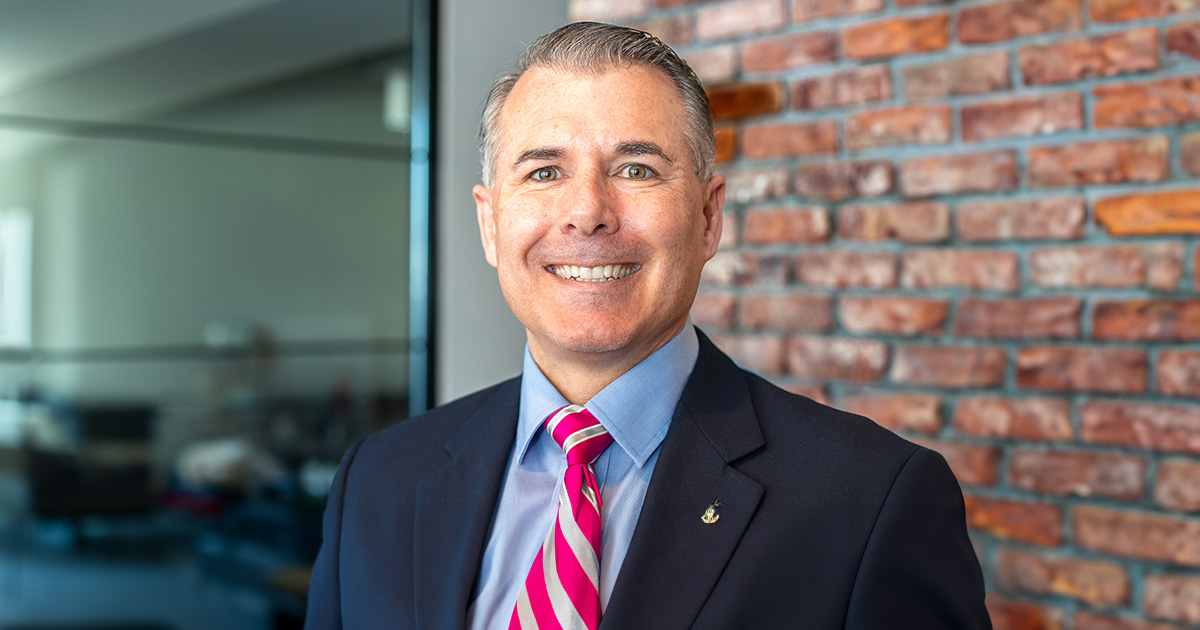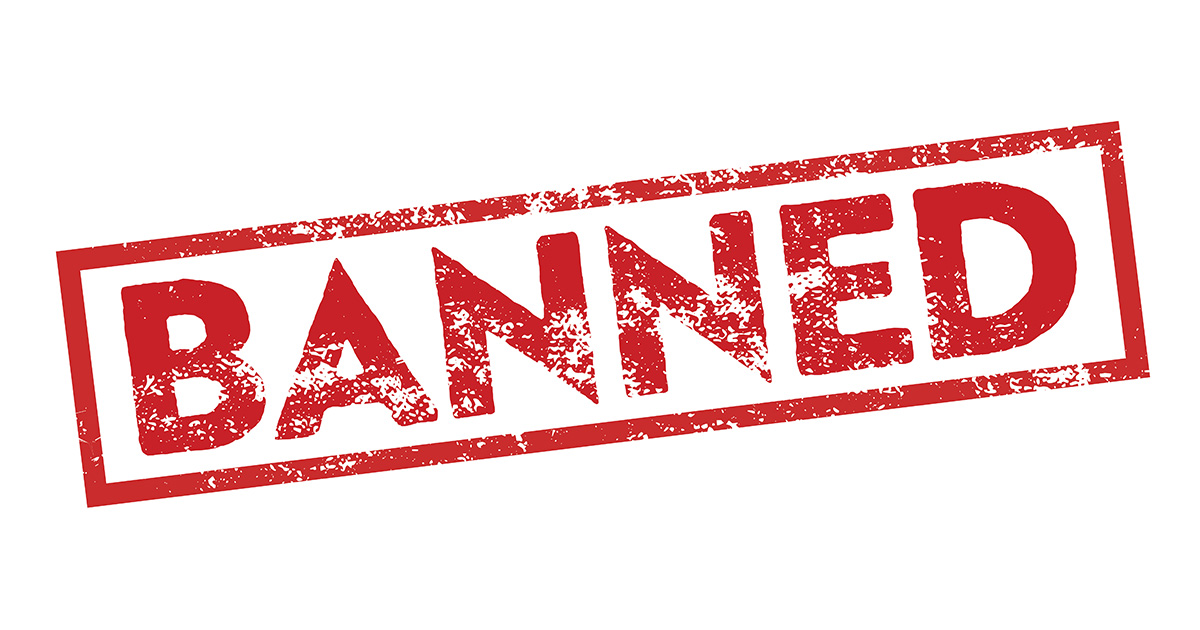BY: STEPHEN HENSHAW, LPG
Your business day starts out like any other; you grab coffee on your way to work and turn into the parking lot. But your heart sinks when you see a group of technical people standing near a small drill rig. Now you are worried sick that soil and groundwater samples will reveal the dreaded environmental contamination, and you’ll have no good options for the future.
This scenario is all too common in the drycleaning industry, but a bad outcome doesn’t have to happen if we step back and reflect for a moment. We can ask what is driving the investigation. This will help us understand why taking samples is a necessary and desired step. For example, is the investigation being required by a regulatory agency because there is a potential public health threat? Or is the investigation being driven by a lender involved with refinancing the property or in financing a buyer?
If the investigation is driven by the regulatory agency, you will want assistance in understanding the magnitude of the problem and how to minimize or mitigate the immediate public health threat. There are a number of steps that can be undertaken to address the public health threat, and these do not need to break the bank. Oftentimes, regulators will work with a dry cleaner; however, we recommend getting professional advice from an experienced and qualified environmental engineer to ensure that the requested work, usually expensive, is actually necessary.
Commonly, an investigation is driven by a lender, and different steps are taken to address their concerns. Remember that when a lender is refinancing or lending money on a property transaction, they require a Phase 1 environmental site assessment. If a dry cleaner is (or has ever been located on the property), a bank will require a Phase 2 investigation, which includes collecting soil and groundwater samples to analyze them for the presence of volatile organic compounds, or VOCs. If the solvent Perchloroethylene (PCE) and its chemical breakdown products, all classified as VOCs, are present, the levels will show up in a laboratory scan.
If VOCs are present in soil and groundwater samples, a lender will very likely walk away from the sale, because banks are typically risk averse. They don’t want to lend on a contaminated property when the value or collateral is in that property. They don’t want to be in a position to have to “take back” the property when the lendee defaults because no one will buy the contaminated site. If you’re the property owner, or are operating as a drycleaner on that site, all of the negative attention will be on you or your business as the reason the deal fell apart. Even if you can pay for the expensive environmental cleanup, with costs ranging between $500,000 to $2,000,000, regulatory site closure can take years.
One very effective solution is to buy an insurance policy called a Lender Liability Policy. A Lender Liability Policy is designed to activate if the borrower defaults. This policy can enable the landlord (or a buyer) to get bank financing and help all parties get some breathing room. This is what a Lender Liability Policy does:
- Covers the lender in the event the borrower defaults by paying the cleanup costs or paying off the loan balance;
- Covers Toxic Tort claims from third parties;
- Covers known and unknown site conditions;
- Provides a lender comfort in financing on contaminated properties;
- Allows for the policy to be transferred and assigned for the life of the loan (for a period typically less than ten years).
The cost of a $2,000,000 Lender Liability Policy may cost between $60,000 and $90,000. That cost will vary depending on factors such as the creditworthiness of the borrower, the loan amount, and the actual estimated cleanup cost. The cost of a policy, when compared to losing an asset entirely, is often the best solution for saving deals, but few drycleaners or their attorneys, know this option is available.
When you consider all things, a Lender Liability Policy is an excellent way to facilitate a loan on a property transaction or the refinancing of a property where environmental contamination is present (especially if the property is being used as collateral). Such a policy may help stave off an aggressive landlord and provide you with much-needed time to adequately deal with the environmental contamination. Knowing that a Lender Liability Policy can facilitate a property transaction or refinance and assisting the landlord in understanding these facts may be the difference between continuing business operations and losing your lease, making the day you see engineers taking environmental samples a day like many others.
If you have any questions, please contact us.
As seen in Cleaner & Launderer.



